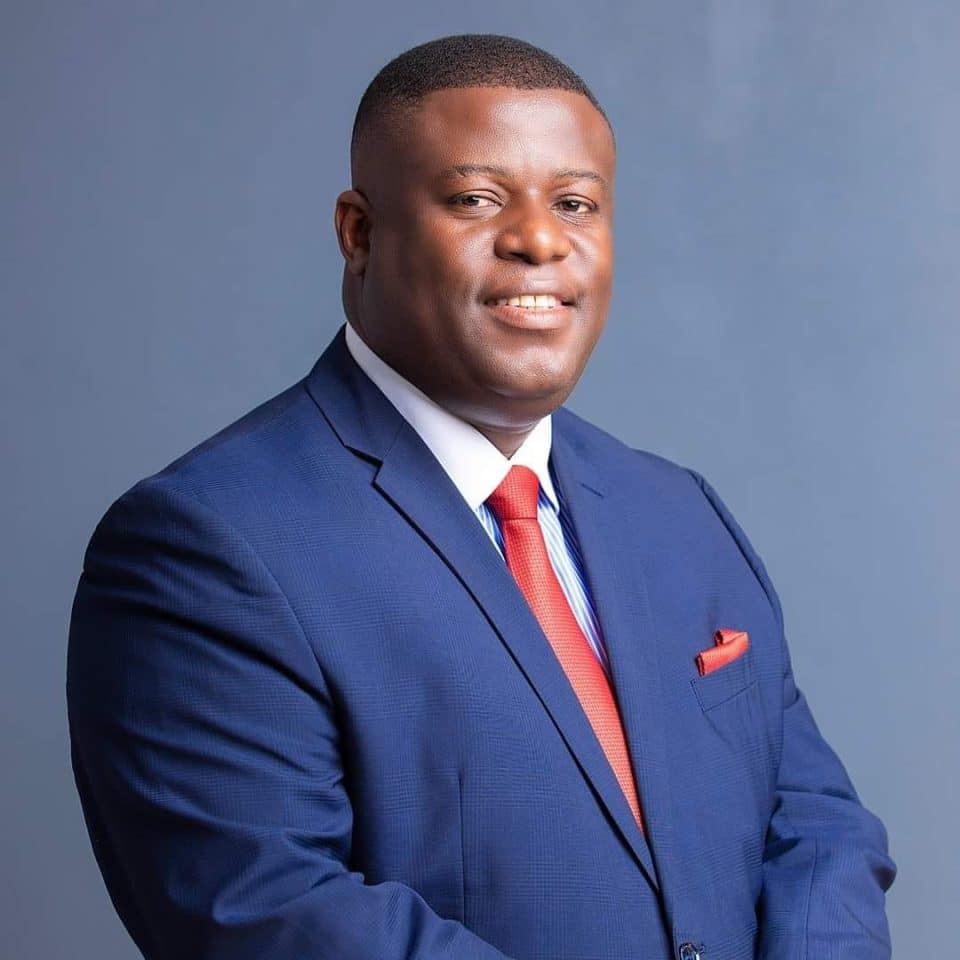Zambia is investing over US$2 billion in transformative transport infrastructure projects designed to lower mining production costs, improve logistics efficiency, and position the country as a leading regional and global trade hub. Transport and Logistics Minister Frank Tayali announced this during a fireside chat at the Zambia Mining and Investment Insaka held in Lusaka.
Tayali emphasized that a strong and efficient transport network is essential for ensuring Zambia’s mining sector remains competitive at the international level. “If Zambia is to compete effectively at the global level, we must address the high cost of doing business, especially in mining. One of the biggest cost drivers is transport,” he said.
He explained that the government’s investments focus on expanding and modernising road, rail, and port infrastructure to enhance efficiency and reduce logistics bottlenecks. Among the flagship projects is the US$650 million Lusaka–Ndola Dual Carriageway, which will improve the movement of heavy mining and industrial cargo between Lusaka and the Copperbelt. Another key initiative is the US$1.4 billion TAZARA Railway Rehabilitation Project—a joint effort with Tanzania aimed at reviving the vital rail link that moves bulk minerals to the port of Dar es Salaam.
Additionally, the North–South Corridor Upgrade will strengthen connectivity between Zambia’s mining regions and southern African ports, facilitating faster and cheaper exports. Tayali noted that these projects are central to shifting heavy freight from road to rail, a move that will reduce road congestion, cut maintenance costs, and improve turnaround times for mining exports.
“Our roads are under enormous pressure from mining traffic. By revitalising the rail system, we can move bulk minerals more efficiently, cut costs for mining firms, and ensure sustainable infrastructure use,” Tayali said.
The minister added that the government plans to inject about US$50 million into Zambia Railways Limited (ZRL) to boost its operations and connectivity with the Democratic Republic of Congo (DRC). Zambia and the DRC together hold nearly 70 percent of the world’s copper reserves, making cross-border transport critical for regional trade and mining output.
Tayali also highlighted the government’s focus on developing dry ports, logistics hubs, and modern border facilities through public-private partnerships (PPPs). These initiatives are expected to strengthen Zambia’s position as a regional transport and logistics hub, supporting not only mining but also manufacturing and trade.
“We are building a transport ecosystem that supports mining, manufacturing, and trade. Once transport becomes faster and cheaper, more value addition will happen locally, and our economy will benefit,” he said.
Meanwhile, Mines and Minerals Development Minister Paul Kabuswe emphasized that efficient transport infrastructure must go hand in hand with technological advancements and good governance in the mining sector. He said Zambia’s competitiveness would depend on digitising geological surveys, improving transparency in licensing, and ensuring responsible mineral exploitation.
“Mining cannot thrive without efficient transport, energy, and policy coordination. That is why we are working hand in hand with the Ministry of Transport and other key sectors to unlock Zambia’s full potential,” Kabuswe stated.
The Zambia Mining and Investment Insaka brought together policymakers, investors, and industry experts to explore strategies for enhancing value addition, sustainability, and competitiveness. With its current investments in modern transport and logistics systems, Zambia is positioning itself as a vital regional gateway for mining and trade in southern Africa.


